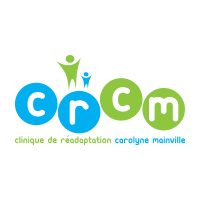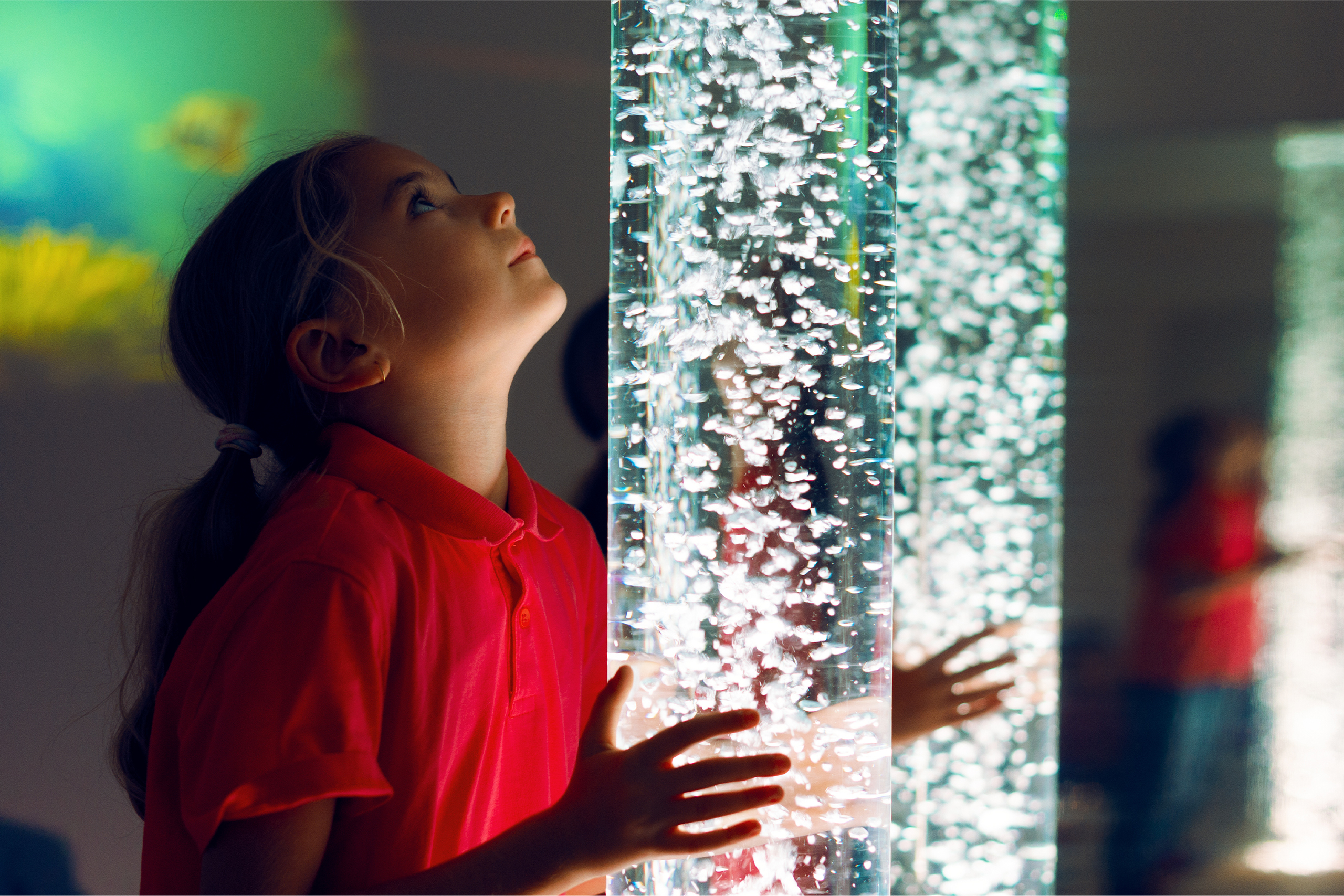Sight: a complex and interesting sensory process
Without a doubt, sight is one of our most used senses every day. The visual system is not just about vision or visual acuity, but also about visual integration and perception. These skills allow us to take in the information captured by the eye, and then analyze it through complex neural processes in the brain. The body can then coordinate movements, adjust to its environment, react to visual stimuli, etc. Decoding visual information also makes it possible to recognize objects, places, people, letters, colours, etc. Sight, therefore, is an important sense that allows us to perform a variety of activities throughout the day.
Ultimately, all sensory experiences, not just those coming from the visual sphere, are modulated more or less efficiently (depending on the person) via the nervous system. We are then able to produce an adapted response to the situation. For example, at the sight of a threat, we will be motivated to flee, fight or freeze. For some people (regardless of age), sensory modulation has particularities, making a person more sensitive (hyperreactivity) or less sensitive (hyporeactivity). Depending on the area affected, a person will need help or adaptations to better modulate stimuli in order to produce an appropriate response.
For example, a person may be very sensitive to natural light and get sore eyes when going outside. This person avoids going out for fear of experiencing visual discomfort. The simple adaptation would be wearing sunglasses outside so that the person can better modulate visual stimuli (intensity of light) and go ahead with their activities.
Visual stimulation in school-aged children
In class or at home, the environment is full of visual stimuli that a child must learn to decode and interpret in order to function. Whether through posters, books, using pictures, natural light (from windows), artificial light (from lighting), movement of peers or siblings, etc., there is an array of visual stimuli that needs to be managed so that a child can function properly. Several stimuli will have to be filtered and inhibited so that the body is not in sensory overload (and therefore, non-functional for learning and functioning).
Not all children will have the same sensitivity/reactivity to these stimuli and will manage them in a way specific to their sensory system; they will modulate sensory stimuli to be able to read, pay attention, write, decode numbers and shapes, etc.
It is necessary to be sensitive with some children by reducing visual stimuli which will overload them, leading to decoding difficulty. Dimming the lights, refining the environment, and putting away materials are simple examples of interventions that can lead to better functioning for a child who is reactive to visual stimuli.
Self-regulation and the visual sphere
For many children, visual exploration will be a major element of arousing their interest and attention. For example, these children will be able to respond positively to the use of bright and visually stimulating objects.
In order to adapt behavior to their environment, many children will also need, at certain times of the day, a break to allow them to find a more optimal state of alertness. This break can translate differently for everyone. Here are some examples:
1. A short time with dim lights and gentle activity (e.g. reading) allowing a return to calm;
2. A short time sitting on cushions and looking at moving visual objects (e.g. hourglass with coloured liquid, glitter sticks, lamp light producing coloured visual effects (jellyfish lamp for example), coloured bubbles that move, etc.)
3. A brief, quiet moment manipulating objects where the light produces effects (e.g.: translucent pebbles, textured letters or numbers, balls, fiber optic light that changes colour, etc.)
4. A multitude of other examples are possible!
In this instance, it is important to clearly identify the sensory needs of each child (and the response of the visual sphere to sensory modulation). The use of visual sensory material such as luminous/glittering objects can capture the attention of some children and help them focus on these visual stimuli. They may then be better able to self-regulate, regaining a state of well-being. This can allow them to be more available for learning afterwards. The visual sphere, often in combination with the touch and manipulation of certain objects (i.e. the tactile sphere) can be a winning approach to help calm some children.
Using luminous objects may not be suitable for everyone. It is important to listen to the needs and watch the reactions of each person.
Helpful tools to facilitate interactions and learning
Although each person modulates stimuli from the visual sphere differently, it often happens that children (including those with special needs) appreciate objects with visual properties.
Clinically, it is frequently observed that:
• A certain form of accommodation is provided through the use of light tools in some children.
• The unique action-reaction effects of certain visual and luminous objects are very useful for working on different concepts with children (e.g. requests for help, requests for repetition, social interactions, self-regulation capacities, motivation, etc).
• It is recommended to use visual objects targeted to the child’s needs so that the child has a toolbox with different sensory objects which they can use to self-regulate at certain times (for example, to become calm or attentive again). The tool box may contain various visual or tactile objects that help the child to calm down (balls to handle, hourglasses or luminous objects to activate, objects that can the child can massage, etc.). Obviously, each child is unique and will not respond in the same way to various stimuli, hence the importance of clearly identifying their needs and listening to them.
In conclusion, the response to visual stimuli is specific to each person, modulating them differently. The same visual stimulus can also produce a different response depending on the time of day or the state a person is in when they modulate it. In any case, a good examination of a person’s needs is necessary in order to find tools that allow for better sensory modulation and optimal self-regulation in order to function better in the environment.



Leave A Comment